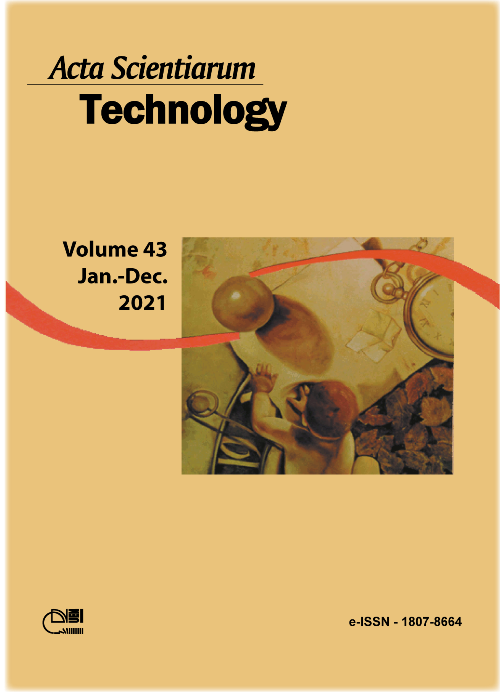Proposal of a spatial database for indoor navigation
DOI:
https://doi.org/10.4025/actascitechnol.v43i1.51718Keywords:
indoor mapping; indoor database; UML class diagramAbstract
This paper presents an approach to build a spatial database for indoor environments. It will be presented the main requirements for the implementation of an object-relational database for the representation and analysis of indoor environments, which considers the solutions for both type of representations, floor plan and schematic map. These representations consider the high number of information found in an indoor environment and the fact that they are disposed in different floors of the structure. The relationship between objects and their attributes defines the links and restrictions between them. Hence, the model should describe the entities and their interrelationships, as well as the attributes of the elements and their characteristics. After the database was developed, it was implemented an algorithm that calculates routes between points in the indoor environment, considering not only the shortest distance but also the floor change. The model was tested by Antunes and Delazari (2019) using an application and some interviews with users to evaluate the elements included in the database considering a navigating task. Some results pointed out the need to insert new information in the database regarding physical characteristics (color, material) of elements found in the indoor environment to assist users during orientation and navigation tasks. Moreover, it is necessary to include elements from the outdoor environment used as reference points in the cartographic representation.
Downloads
Downloads
Published
How to Cite
Issue
Section
License
DECLARATION OF ORIGINALITY AND COPYRIGHTS
I Declare that current article is original and has not been submitted for publication, in part or in whole, to any other national or international journal.
The copyrights belong exclusively to the authors. Published content is licensed under Creative Commons Attribution 4.0 (CC BY 4.0) guidelines, which allows sharing (copy and distribution of the material in any medium or format) and adaptation (remix, transform, and build upon the material) for any purpose, even commercially, under the terms of attribution.
Read this link for further information on how to use CC BY 4.0 properly.











8.png)




